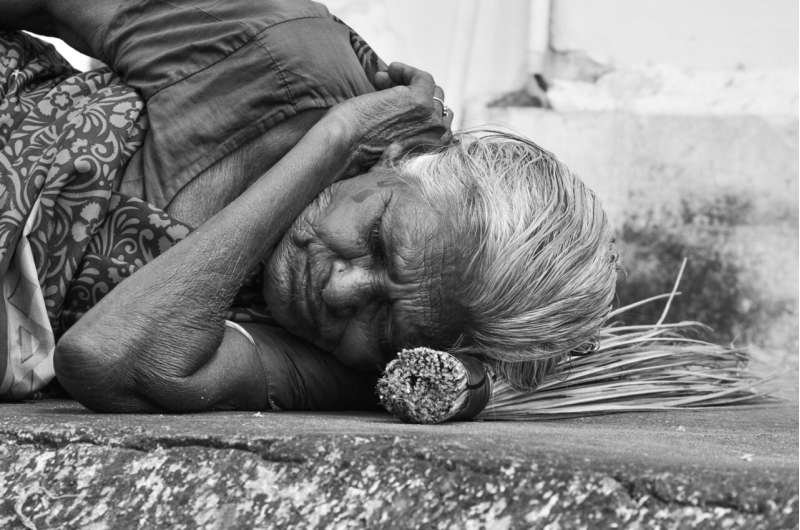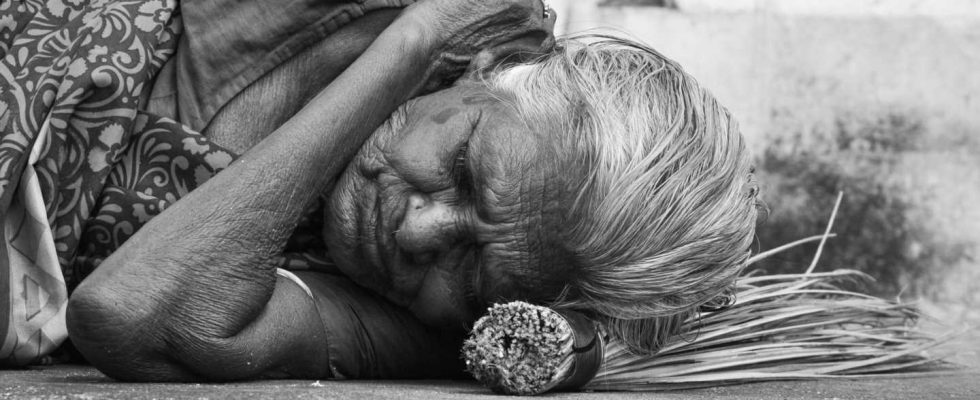
A new study from Tel Aviv University found that women aged 55 and over who snore are at increased risk for sleep apnea, which can be fatal. The researchers warn that, in most cases, because the phenomenon occurs during sleep, women who suffer from sleep-disordered breathing are not even aware that they are suffering from the problem and that they are at increased risk for sleep apnea.
The study was conducted by Dr. Alona Emodi-Perlman, Prof. Ilana Eli, Dr. Jawan Sleiman and Dr. Pessia Friedman-Rubin from the Department of Oral Rehabilitation at the Maurice and Gabriela Goldschleger School of Dental Medicine at Tel Aviv University. The study was published in the Journal of Clinical Medicine.
In the study, which included hundreds of women, the researchers examined two groups of Israeli women: relatively young women, aged 20—40 (i.e. pre-menopause), and women aged 55 and over, post-menopause. They found that about 15% of the older women are at significant risk for sleep apnea, compared to only about 3.5% of the young women. In addition, they found that 11% of the women who snore (one in 10 women) are at increased risk for sleep apnea, compared with only 1% among the women who do not snore.
Prof. Eli explains that sleep breathing disorders range across a broad spectrum—from mild snoring to the most severe and dangerous disorder—sleep apnea, which causes a decrease in blood oxygen concentration and can be life-threatening. In addition, if the phenomenon is not diagnosed and treated in time, it can contribute to the development of a variety of systemic diseases, such as hypertension, cardiovascular disease and stroke.
According to Prof.Eli, the difficulty in diagnosing it is mainly due to the lack of awareness and under-reporting: women suffering from the problem are unaware of it because it occurs during sleep. They are likely to report fatigue, headaches, masticatory muscle soreness upon awaking or sleep problems like insomnia to their doctors, and it is important that the attending physician makes the connection, asks the right questions and even seeks further diagnosis in case of suspected sleep apnea.
Prof. Eli states that “the lack of early diagnosis is particularly noticeable in one of the target demographic groups: women over the age of 50, who suffer from an increase in the incidence of sleep-disordered breathing due to hormonal changes that occur during menopause. We wanted to examine and characterize the phenomenon in this group in order to raise a red flag when necessary.”
In the study, the participants filled out dedicated questionnaires, which included a variety of questions such as: How do you feel when you get up in the morning: Fatigue, headache, tension/stiffness in the muscles of the face, neck and jaw? Do you grind your teeth at night? Do you wake up during the night? Do you feel tired or drowsy during the day? And the big question, which many women are ashamed of answering: Do you snore? The data were weighted with physical indicators—BMI and neck circumference, which is known to thicken in old age, as well as demographic data—work, number of children, marital status, etc. The findings make it possible to define three categories of risk for sleep apnea: women who are at high, medium and low risk.
Prof. Eli explains that they “found a significant disparity between the two groups—the young women versus the relatively older women. Among the young women, 1.8% were at high risk and 1.8% at moderate risk of developing sleep apnea, while the rate jumped to 5.2% at high risk and 9.5% at moderate risk in the women of older age. In other words, about 15% of the older women fell into significant risk categories.”
In addition, the researchers found a high correlation between the risk of sleep apnea and the tendency to snore—which was also more characteristic of the women over the age of 50. According to findings, about 11% of the women who snore (one in 10 women) are liable to be at increased risk for sleep apnea. The researchers also note that grinding of teeth at night, high BMI, and a relatively large neck circumference are additional warning signs. In contrast, to their surprise, no significant differences were found between the two groups of women in terms of fatigue and drowsiness during the day—a significant phenomenon amongst men suffering from sleep apnea.
Source: Read Full Article
